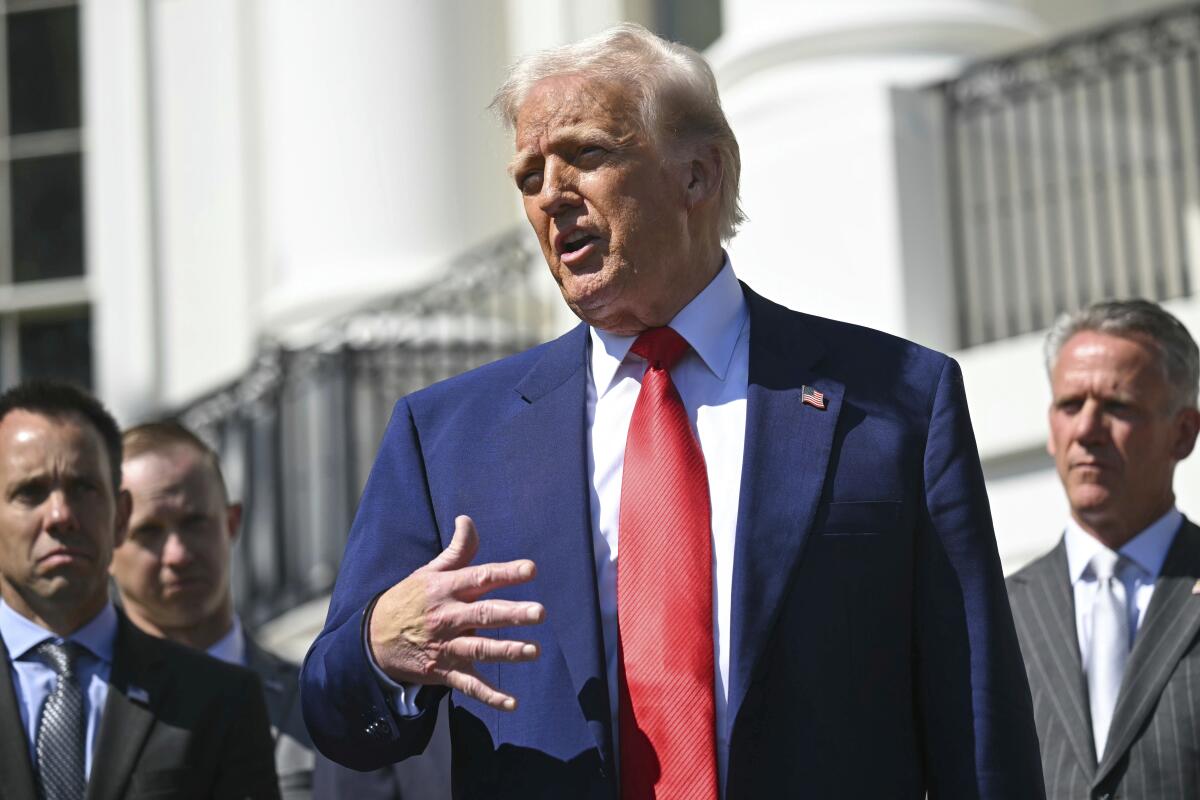Executive Summary
- AI's increasing energy demands are straining data centers and the power grid, leading to a search for sustainable solutions.
- Supercapacitors are emerging as a viable technology to smooth out energy spikes caused by AI workloads, offering a short-term energy storage solution.
- Strategies like using smaller AI models, improving data center efficiency, and exploring nuclear energy are being considered to reduce AI's overall carbon footprint.
Event Overview
The rapid growth of artificial intelligence is placing unprecedented demands on data centers, resulting in significant energy consumption and potential strain on power grids. As AI models become larger and more complex, the energy required to train and run them increases exponentially. This has led to a growing concern about the environmental impact of AI and the need for innovative solutions to manage power consumption, improve grid stability, and promote sustainable practices within the tech industry.
Media Coverage Comparison
| Source | Key Angle / Focus | Unique Details Mentioned | Tone |
|---|---|---|---|
| NPR | Exploring ways to reduce AI's climate footprint | Discusses the use of smaller AI models (SLMs) and quotes Sasha Luccioni on the benefits of task-specific models. Mentions Google's increased greenhouse gas emissions and big tech's pledges for net-zero emissions. | Informative and solution-oriented |
| IEEE Spectrum | Highlighting the role of supercapacitors in managing AI's energy spikes | Explains how supercapacitors store energy electrostatically and can quickly charge/discharge, mitigating power fluctuations in data centers. Mentions specific products from Siemens Energy, Eaton, and Delta Electronics. | Technical and analytical |
| DCD | Addressing the power crisis driven by the AI boom in data centers | Focuses on the need to rethink traditional power strategies to overcome energy constraints, increasing power densities and pressure to decarbonize. | Concerned and strategic |
Key Details & Data Points
- What: The news covers the increasing energy demands of AI, the resulting strain on data centers and power grids, and emerging solutions such as supercapacitors and smaller AI models.
- Who: Key individuals include Sasha Luccioni (Climate Lead at Hugging Face), Joshua Buzzell (VP at Eaton), Jason Lee (Global Product Manager at Eaton), and companies like Google, Microsoft, Meta, Amazon, Siemens Energy, Eaton, and Delta Electronics.
- When: The articles discuss current trends and future projections, referencing events and reports from 2018 to 2028. Mentions net-zero emission goals for 2030 and 2040.
- Where: The events primarily occur in data centers globally, with specific mentions of the U.S. and the UK regarding energy consumption and grid management.
Key Statistics:
- Key statistic 1: 12% - Projected percentage of U.S. electricity consumption by data centers in 2028 (Lawrence Berkeley National Laboratory forecast).
- Key statistic 2: 50% - Approximate increase in Google's greenhouse gas emissions in the last five years (due in part to the AI boom).
- Key statistic 3: 75 megawatts - The cycling capacity per unit of Siemens Energy's E-statcom supercapacitor bank.
Analysis & Context
The surge in AI development presents a significant challenge in terms of energy consumption and environmental impact. Traditional data center infrastructure struggles to handle the volatile power demands of AI workloads, potentially leading to grid instability and increased carbon emissions. The emergence of supercapacitors as a solution highlights the industry's innovation in addressing these challenges. The shift towards smaller, task-specific AI models, as advocated by experts like Sasha Luccioni, offers another promising avenue for reducing energy consumption. However, a multi-faceted approach is necessary, involving both technological advancements and policy changes, to ensure a sustainable future for AI.
Notable Quotes
I essentially was getting more and more climate anxiety. I was really feeling this profound disconnect between my job and my values and the things that I cared about.
Nowadays, more companies are like, 'For our intents and purposes, we want to summarize PDFs.' You don't need a general purpose model for that. You can use a model that is task specific and a lot smaller and a lot cheaper
When you have all of those GPU clusters, and they’re all linked together in the same workload, they’ll turn on and turn off at the same time. That’s a fundamental shift.
That’s part of becoming a good grid citizen. So instead of seeing all that fluctuation going back to the grid, we can take all the pulses and the low points and just smooth those out to where the utilities provide more or less average power.
Conclusion
The increasing energy demands of AI are driving a wave of innovation in data center power management. While supercapacitors offer a promising solution for smoothing out energy spikes, a comprehensive approach that includes smaller AI models, improved data center efficiency, and renewable energy sources is crucial for mitigating AI's environmental impact. The industry is actively exploring various strategies to balance technological advancement with sustainability, but ongoing monitoring and adaptation are necessary to ensure a responsible and environmentally conscious future for AI.
Disclaimer: This article was generated by an AI system that synthesizes information from multiple news sources. While efforts are made to ensure accuracy and objectivity, reporting nuances, potential biases, or errors from original sources may be reflected. The information presented here is for informational purposes and should be verified with primary sources, especially for critical decisions.









